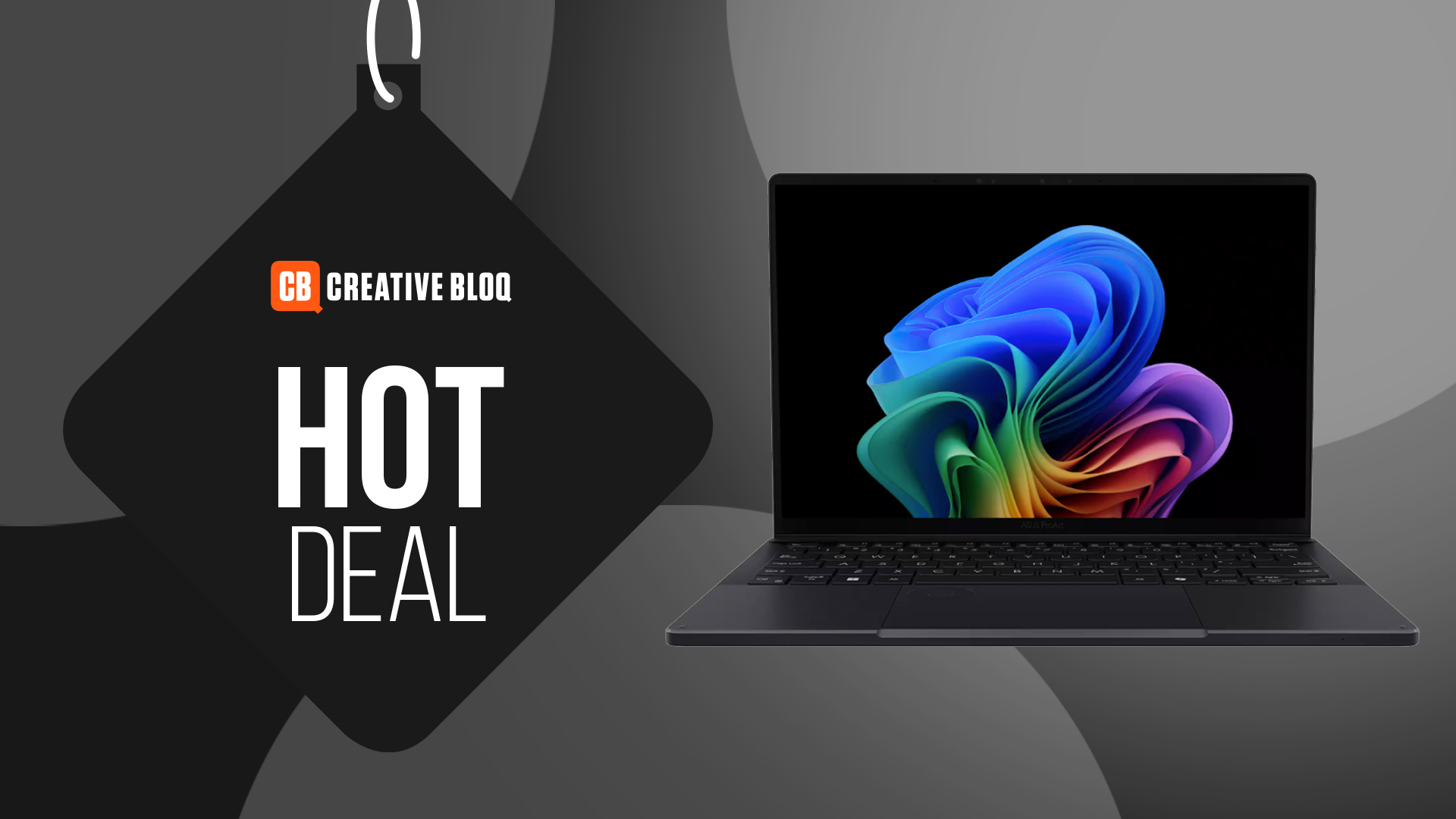How to write the perfect brief
12 things you need to include to nail your brief.

A great brief is the first step in really nailing what your client needs, and creating work you'd be proud to put in your design portfolio. In this article we'll run through the things you need to include – handy if you're bringing in other creatives to work on certain parts of your project, or if your client is providing you with vague information.
Before we get started with the ins and outs of crafting the perfect brief, the first thing to remember is that you shouldn’t make it too long. Don’t be obsessed with making it too short, either. Only include the information you need to include. Each client and project is unique and will likely require a different amount of information than the previous brief. Ignore the people who bang on about always wanting a one-page brief; it’s horses for courses.
So now we’ve established the size, what should the brief include? There are 12 fundamental pieces of information that give us a fantastic basis to get started:
01. The task
The main thing to outline is the task at hand. What problem needs to be solved – what’s the focus? Is your website the first point of contact? Your most valuable sales channel? Or does it just function as a glorified business card?
02. The deliverables
What actually needs to be delivered? Flesh this part out in as much detail as possible, in as clear an order or format as possible. Bullet points are good here to keep the information ‘digestible’.
03. Background information
This is a depository for relevant information. It can be communicating what you do in a bit more detail or explaining what has led you to write the brief, such as business decisions supporting the project, context for the project and reasons that have led to this project’s emergence. Get your agency up to speed with where you’re at.
04. The objectives
What does this work need to achieve? What must the project do or communicate? This is also a good place to explain any key challenges/opportunities surrounding the project.
05. The target audience
Who is this work for or talking to? And what do we know about them? Who are the specific audience profiles to be considered? How will they interact with this work and in what contexts?
06. Choice of channels
What channel will this work live in? Is it known at this stage? This is increasingly part of our role at Salad, and we rarely approach projects channel-first. In fact, this usually comes last, once we have a deeper understanding of what needs to be said and to whom.
07. The key message
What are we saying? This is perhaps the most important section. Answering it effectively can mean a large research programme, adhering to previous brand work/campaigns or simply making a call after some planning work.
08. The budget
It’s easy to say “how long is a piece of string?” here, but ultimately no one wins. Any indication of the affordability from client side will help you to scope out the project in the most cost-effective way. Give a ballpark if an exact figure isn’t known – and give an indication if there may be a second phase of investment.
09. How success will be measured
How will success be measured? The objective(s) should be so closely linked to the idea and the work.
10. Any mandatories
There will always be some things that must be avoided or included in the work. This is such a crucial, directional section. Give direction; failing to mention some client preference here can be critical. It can be as crucial as you have to include X, Y, Z, or they don’t happen to like the use of capital letters.
11. Possible ideas
Don’t be afraid to give some starters for ten in terms of what the solution could look like. A secure creative who is confident in their own ability should not be afraid of taking a good idea and running with it. It can also help to spark a
different idea.
Nothing is final until the work is produced, and nothing should be sacrosanct. Let your creative team challenge it if it needs challenging. The flip side is that creatives should trust their planners to be good at their job.
We are huge believers in the value of a brief, and delivering against it is always our goal. Our proposition of Beautifully Effective overarches everything we do – and this helps us to achieve success.
12. Tone of voice
This is critical if your agency’s role includes the written copy throughout a site. How should we talk to the audience? How do we communicate as this brand? If this hasn’t been defined, you can’t just leave it blank – it’s crucial, so take time to get this bit as right as possible. Without it, consistency is almost futile.
This article was originally published in net, the world's best-selling magazine for web designers and developers. Buy issue 304 or subscribe.
Read more:

Thank you for reading 5 articles this month* Join now for unlimited access
Enjoy your first month for just £1 / $1 / €1
*Read 5 free articles per month without a subscription

Join now for unlimited access
Try first month for just £1 / $1 / €1
Get the Creative Bloq Newsletter
Daily design news, reviews, how-tos and more, as picked by the editors.
